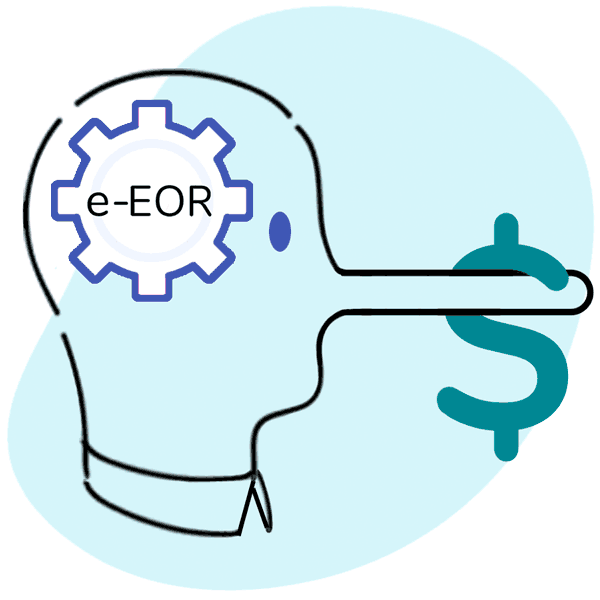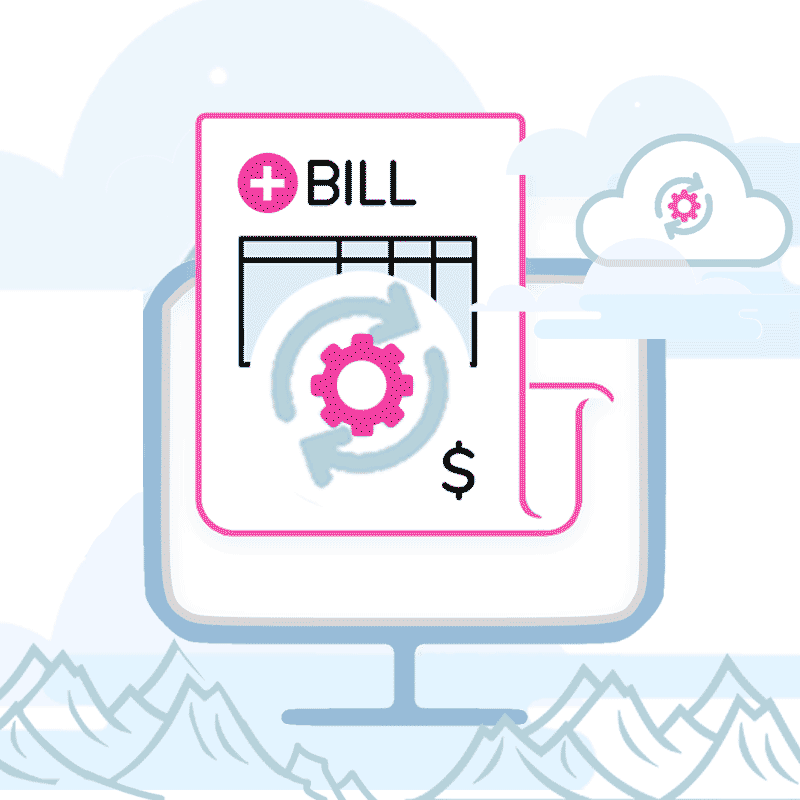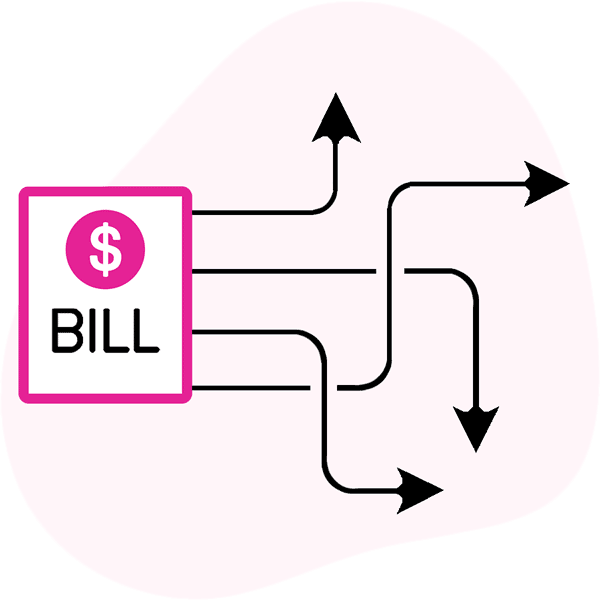Taxpayers Beware: Anaheim Misreports Payment Data

Citizens of Anaheim, CA, may want to examine the city’s books closely, given the suspicious accounting of taxpayer dollars designated for the care of injured municipal employees.
The City of Anaheim is a self-insuring public employer that self-administers its employees’ workers’ comp claims. As such, Anaheim is directly responsible for:
- Paying doctors (with taxpayer dollars) to treat injured city workers, and
- Sending doctors accurate Explanations of Review (EORs) documenting payment details
Recently, when a doctor treated an injured Anaheim city worker, the physician submitted a medical bill electronically (an e-bill) for payment. Anaheim sent the doctor the required response in the form of an electronic Explanation of Review (an e-EOR), which stated the following:
- The bill was paid in full: $223.24 (the exact amount due under California’s fee schedule).
- The payment issue date was July 29, well within the required 15-day deadline for e-bill payment.
Anaheim’s e-EOR and payment appeared compliant. In reality, the payment information reported was false.
Weeks later, the doctor finally received a check from the City of Anaheim with a paper EOR from StrataCare/MedRisk. In truth:
- The payment was only $164.51, just 74% of the fee schedule rate.
- The check issue date was September 3, well past the 15-day deadline.
By misreporting the amount paid on the e-EOR, the City of Anaheim (intentionally or not) misled the doctor and potentially the taxpayers footing the bill. Doctors should be able to trust that e-EORs reflect payment reality, and taxpayers should be able to trust in proper documentation of where their money goes.
This is another example of workers’ comp payment obfuscation, except this time, taxpayers are the “employers” who should be alarmed by the discrepancies.
Anaheim’s Flawed e-EOR
On July 22, 2025, a provider electronically submitted a medical bill to the City of Anaheim for treating an injured worker. Anaheim appeared to respond compliantly. On July 29, 2025, within the 15-day legal timeframe to respond to an e-bill, Anaheim sent an e-EOR reporting:
- Payment Amount: $223.24
- Payment Date: July 29, 2025
- Payment Reference No: 1_30XX_310XXXXXX
The e-EOR payment data (shown in the daisyBill screenshot below) was posted automatically to the provider’s e-billing system, showing the bill as paid in full.
However, none of Anaheim’s payment details were true.
The Real Payment: Late and 26% Short
Fast-forward to six weeks later on September 4, 2025, when Anaheim mailed the provider the actual check for payment.
Instead of the full fee schedule amount indicated on the e-EOR, Anaheim paid just $164.51, which is 74% of the fee schedule rate.
Along with the payment came an old-school paper EOR (below), printed and snail-mailed, bearing the StrataCare/MedRisk logo. The paper EOR showed a “Payment Date” of September 3, 2025. In other words:
- Anaheim sent a digital confirmation for a non-existent payment of $223.24 with a payment date of July 29.
- Weeks later, Anaheim paid $58.73 less than the correct amount per the state fee schedule.
- Anaheim ignored state law (specifically Labor Code § 4603.4) by failing to pay within 15 working days.
The EOR listed a Healthsmart Preferred Provider Organization (PPO) as the source of the payment discount. The doctor claims never to have signed any such PPO contract (daisyBill will send a letter to Anaheim requesting proof of this contract).
The Costs of Anaheim’s Untruthful Accounting
Anaheim’s inaccurate e-EOR was posted automatically to the provider’s system, incorrectly indicating that the bill was resolved at full fee schedule rates. This invalid payment data:
- Closed the bill on the provider’s end, creating the illusion of proper payment.
- Potentially skewed taxpayer records, depending on whether Anaheim reported the real expenditure or the fiction on the e-EOR.
- Falsely represented that Anaheim was compliant with California payment laws.
The state-mandated purpose of e-EORs is to create billing efficiency and payment transparency. Instead, Anaheim sent the doctor a non-compliant, bogus e-EOR, making the doctor responsible for catching the error, altering their accounting and records, and protesting the reimbursement reduction.
A Symptom of a Broken System
This case perfectly illustrates why California’s workers’ comp system is hemorrhaging medical providers.
If a public municipal employer and its vendors can send bad electronic payment data, delay the real payment for weeks, and shortchange the provider by 26% with zero consequences, why would any provider participate?
When employers and their vendors feed false data (intentionally or not) into a system designed to improve workers’ care, everyone loses:
- Doctors get stiffed.
- Injured workers face dwindling access to care.
- Taxpayers are potentially fed fiction instead of facts.
We urge California regulators and employers to take note: inaccurate e-EORs are more than just non-compliant. They place an undue burden on providers and taxpayers who rely on accurate accounting, and further degrade a system that’s already failing injured workers.
Unless this kind of behavior comes with consequences, California’s dysfunctional workers’ comp system will only deteriorate further.
daisyBill tracks every bill and payment so you can manage revenue strategically. Click below to see how:
TAKE A LOOK: DAISYBILL
DaisyBill provides content as an insightful service to its readers and clients. It does not offer legal advice and cannot guarantee the accuracy or suitability of its content for a particular purpose.
.gif)



.png)
.gif)